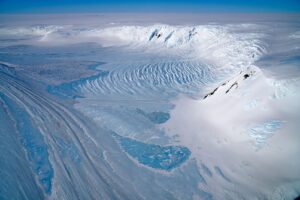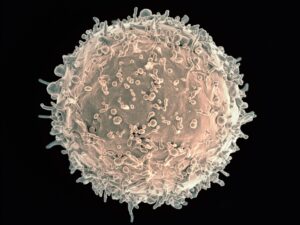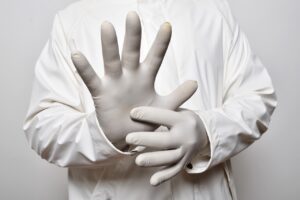
From Sea to Synthesis: Cracking the Code of Bryozoa Anti-Cancer Molecules
Image 1: From left to right: Professor Seth Herzon, Brandon Alexander, Vaani Gupta, and Noah Bartfield. Photo by Emily Poag. Modern chemistry has advanced our

Image 1: From left to right: Professor Seth Herzon, Brandon Alexander, Vaani Gupta, and Noah Bartfield. Photo by Emily Poag. Modern chemistry has advanced our

Image 1: This image depicts a close-up of a moth in flight. Image courtesy of PickPik. Springtime brings an influx of moths that appear to

From remembering phone numbers to directions, we rely on working memory to hold small bits of information for short periods of time. While working memory

When one thinks of Antarctica, the first image that comes to mind is a wide-open, stark white, snow-covered plain stretching out as far as the

Lithium-ion batteries power the world, but at what cost? Though much of modern technology is made possible by lithium-ion batteries, their underlying environmental costs and

At the forefront of food allergy research lie mighty defenders of the body: high-affinity immunoglobulin E (IgE) antibodies. These antibodies, produced by the immune system

Since the 1970s, the generation of plastic waste has steadily increased. Discarded plastic continues to accumulate in our oceans, harming wildlife and contributing to climate

Art by Nina (Yurou) Liu At several points in Earth’s history, our home world looked nothing like the blue planet we know today—instead, it was

Image 1: Art by Madeleine Popofsky. When we think about immunizations, we typically imagine shots administered to the upper arm or the thigh. But in

Image 1: A computer running the web version of Desmos, and a phone running the Desmos mobile app. Photo by Daniel Havlat. Eli Luberoff (YC